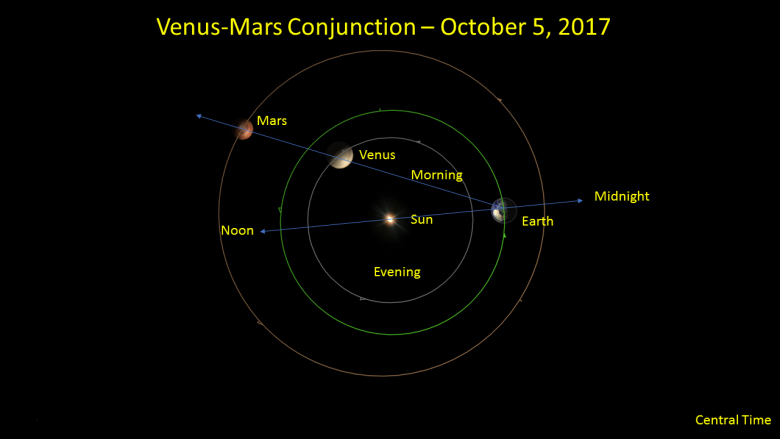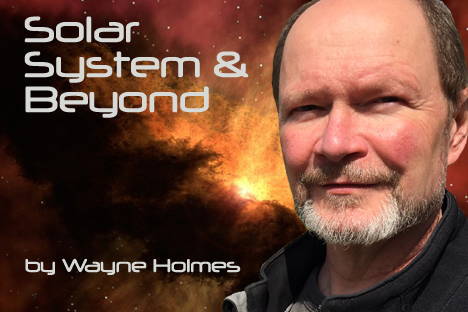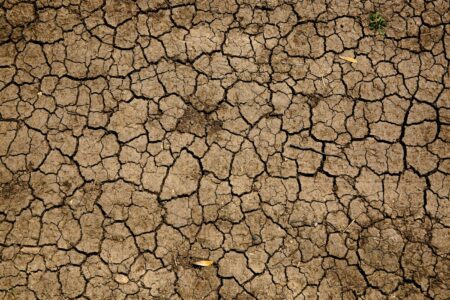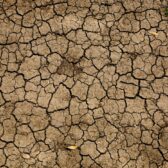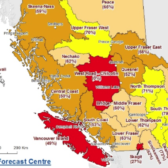Venus, brightest of the planets makes an appearance
Local Astronomer Wayne Holmes has had an interest in astronomy for many years. As the coordinator of the Starry Nights program at Taghum Hall, Holmes has always had a desire to sky gaze. Thankfully, Holmes has agreed to share his knowledge with a column, Solar System and Beyond that will appear occasionally in The Nelson Daily.
If you are an early riser and are outside just before dawn, you may have noticed what appears to be a very bright star in the eastern sky, This, is not a star, but the planet Venus, the brightest of the planets.
What makes our inner neighbor so bright? Venus is covered in a thick layer of sulfuric acid cloud that cause a high degree of reflectivity: this high reflection is called a high albedo in astronomical terms. Every day on Venus is a cloudy day and when it rains, it rains sulfuric acid drops. Venus may be lovely to look at but it's atmospheric pressure which is 90 times that of Earth and a surface temperature of about 480 degrees celsius, caused by an atmosphere of 96% carbon dioxide, resulting in a runaway greenhouse effect, make it inhospitable even for the Russian probes that landed on the planet from 1970 to 1981.
If you are outside before sunrise on October 5th, you may see that Venus has a very close, orange, star-like companion. This is our nearest outer neighbour, Mars. The Venus – Mars conjunction will be very close and you may need binoculars to pick out the red planet beside bright Venus. Over the course of the next few weeks you will find Mars rising in the eastern sky while Venus descends, moving closer toward its January conjunction with the Sun.
As the Sun sets in the west on the same day, you will see the full Moon rising in the east. This full Moon is known as the Hunter's Moon.
Labour Day Weekend Fireball
For those who still have the September 4th fireball / meteor fresh in their memory, you may like to know that on October 12th, asteroid 2012TC4, a 16-meter asteroid, will make a pass by Earth that is 0.1 Lunar Distance, one tenth the distance that the Moon is from Earth. Although this is considered a close pass, there is no need to worry as it is not on a collision course with Earth.
The only planet that is visible at night with the naked eye, is the ringed planet, Saturn. As Saturn's seasons change, the tilt of the planet's rings toward us also change. In 2009, the rings were nearly edge on from our point of view but this October they are at their Maximum tilt and look impressive even through a small telescope and moderate magnification. You can find Saturn in the south-western sky as it stars to grow dark. Look for what appears to be a bright, creamy yellow star that doesn't twinkle.
